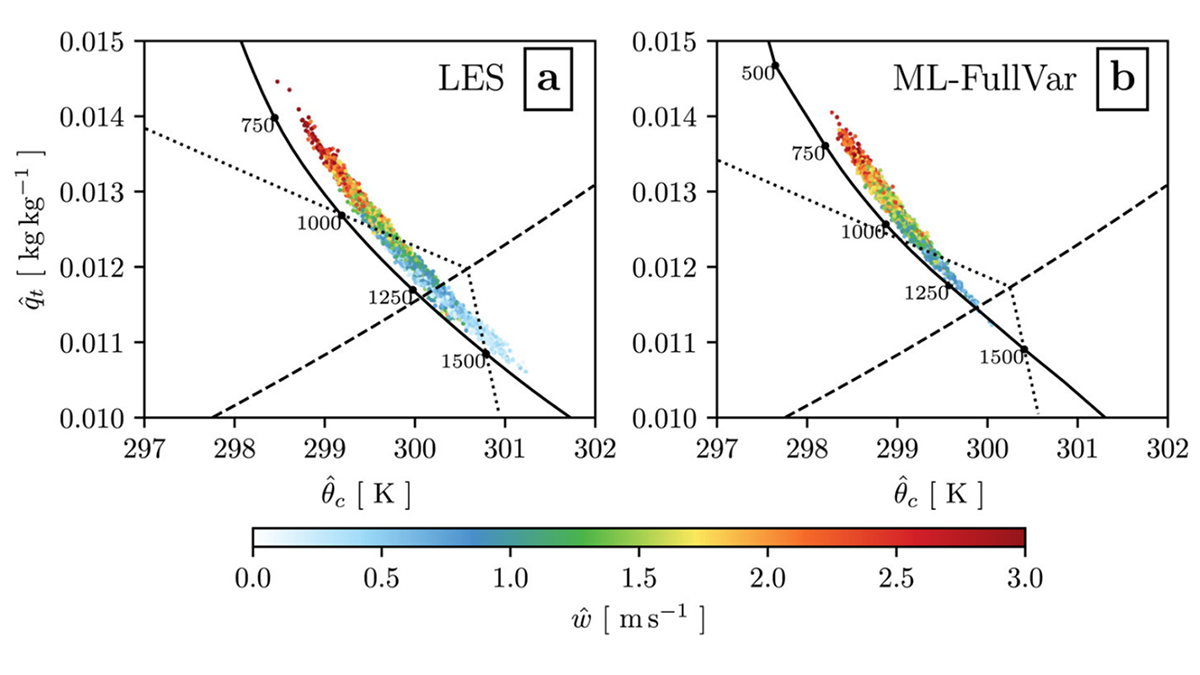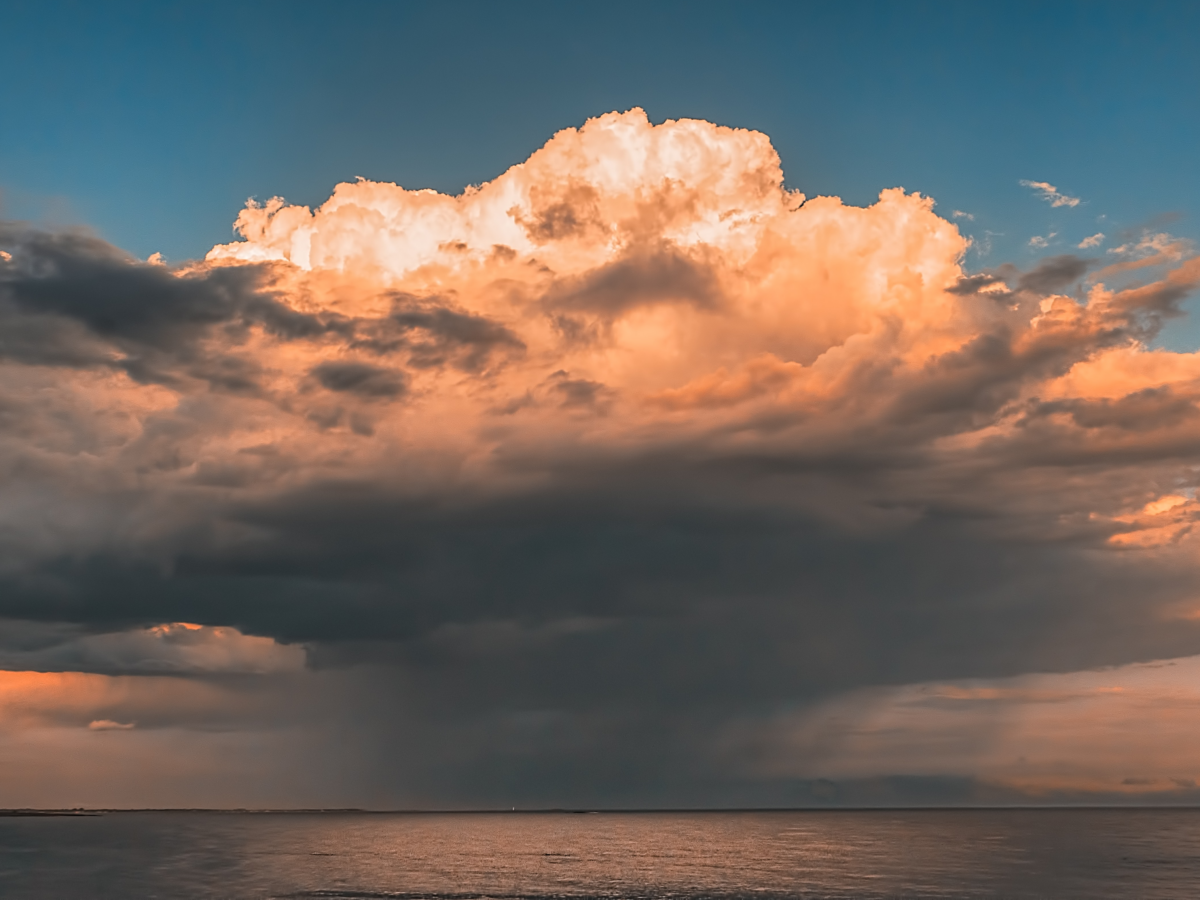Recent advances in measurements and models are paving the way to transform fundamental understanding and simulation of ice-nucleating particles and their climate impacts.
clouds
New Cloud and Precipitation Data Over the Southern Ocean
New measurements show the macro- and microphysical characteristics of the clouds and precipitation over the data-space regions of the Southern Ocean.
Tracking Climate Through Ship Exhaust
International regulations have reduced aerosol pollutants released from ships. Now, researchers want to use ship tracks to better understand the ambiguous effects that cleaner air has on climate.
Advanced Real-Time Prediction of Storms With 30-Second Refresh
A new-generation weather radar and a massive supercomputing system enables forecasts of storms refreshed every 30 seconds, a significant development in severe weather prediction.
Plant-Nibbling Insects May Make It Cloudier and Cooler
Insects that eat plant leaves could change the local atmosphere, but current climate models do not account for this impact.
Modeling Entrainment with Machine Learning
Researchers present a new approach to modeling the stochastic mixing process of convection using a machine learning technique.
More Accurately Modeling Rain Formation
Rain and cloud droplets are treated as distinct categories in most models yet lie on a continuous droplet size spectrum in nature. Representing them as part of a continuous spectrum improves models.
Radar Diagnosis of the Thundercloud Electron Accelerator
Altitude-resolved S-band radar observations of graupel are used to decipher thunderstorm ground enhancements in surface electric field and gamma ray flux.
Cloud Feedbacks in CMIP6 Models Versus Expert Synthesis
Models with smallest feedback errors are found to have moderate cloud feedbacks and equilibrium climate sensitivity of 3 to 4 degrees of warming when the concentration of carbon dioxide is doubled.
Less Air Travel May Partially Contribute to Global Warming
Decrease in aircraft soot emission, as shown by COVID-19 lockdown, leads to a significant increase in ice crystal number in cirrus clouds, and results in a small global positive radiative effect.










